Solar electricity generation is one of the cornerstones of efforts to build a sustainable energy future by utilising one of nature's richest resources, sunlight. In this method, sunlight is directly converted into electricity by means of solar panels; thus, a clean energy that both does not harm the environment and contributes to the economy is obtained.
Rapid developments in technology make solar electricity generation more efficient and economical every day. Increasing efficiency rates and falling costs make solar energy attractive for both individual users and large-scale energy producers. Moreover, government supports and incentives accelerate this transformation process and pave the way for renewable energy investments
Today, when future-proofing is critical, solar power generation is one of the most effective ways to reduce environmental footprint and minimise dependence on fossil fuels. This innovative approach offers an important solution that supports a sustainable lifestyle by reducing energy costs while contributing to the protection of nature.
How Much Electricity Is Produced From Solar Energy
How much electricity can be generated from solar energy is determined by the influence of many variables. Among the most important factors are the efficiency of the solar panels, the choice of location, panel angle and local climatic conditions. These dynamics reveal not only the technical characteristics but also the natural advantages offered by the geographical location; therefore, the potential of each region may vary.
For example, in regions where sunlight is intense throughout the year, annual production can reach hundreds of kilowatt hours with one kilowatt of installed power. On the other hand, efficiency may be lower in regions with cloudy and rainy climates. Investors and energy planners try to reach the most accurate estimates by analysing detailed local insolation data prior to system installation. This process is crucial for both economic and environmental sustainability
In short, the amount of electricity produced from solar energy varies depending on the potential of the location where the system is installed, the technology used and the optimisation strategies applied. Although it is difficult to give a standard average, systems equipped with the right planning and modern technologies offer promising results in the production of clean and renewable energy. This shows how important a role solar energy will play in meeting energy needs in the future.
For more information, you can take a look at our ‘How to calculate solar energy?’ blog.
Advantages of Generating Electricity from Solar Energy in 2025
In 2025, generating electricity from solar energy has become a very attractive option for investors and users with the increase in both technological developments and environmental awareness. This method reduces the dependence on fossil fuels, accelerates the transition to sustainable and clean energy sources, and provides economic gains in the long term.
Advantages of generating electricity from solar energy in 2025
- Low Operating Costs: With the developing technology, maintenance and operating costs have decreased significantly
- High Efficiency: New generation solar panels offer higher energy conversion rates.
- Environment Friendly: Contributes to the prevention of environmental pollution by minimising carbon emissions
- Energy Independence: Thanks to local energy production, external dependency is reduced
- Government Incentives: Incentives and supports for renewable energy investments provide additional advantages for investors.
In conclusion, electricity generation from solar energy in 2025 provides a revolutionary transformation in the energy sector by offering significant advantages both economically and environmentally. Advances in technology and increasing environmental awareness make solar energy one of the most reliable and efficient energy sources of the future, while opening the doors to a sustainable lifestyle for businesses and individuals.
How to Make Solar Electricity Generation More Efficient?
One of the most important ways to increase the efficiency of solar electricity generation is to ensure that systems maximise the benefit of direct sunlight. Although conventional fixed panels offer partial efficiency when placed at a certain angle, as the position of the sun changes throughout the day, the panels cannot reach their full potential. This is where innovative solutions come into play, maximising efficiency in energy production.
The use of solar tracking systems is one of the most effective methods of closing this efficiency gap. These systems automatically adjust the panels according to the movement of the sun, capturing the optimum angle at every moment of the day. As a result, the amount of energy obtained from sunlight increases and the overall efficiency of the system increases significantly. Solar tracking technology provides not only energy production but also economic benefits that shorten the return on investment period.
Solar tracking systems integrated with today's technology are revolutionising the energy solutions of the future. These systems contribute to the creation of sustainable living spaces by supporting environmentalist approaches and reducing the energy costs of businesses. In order to make electricity generation from solar energy more efficient, solar tracking systems stand out as one of the best options and allow us to look to the future with hope.


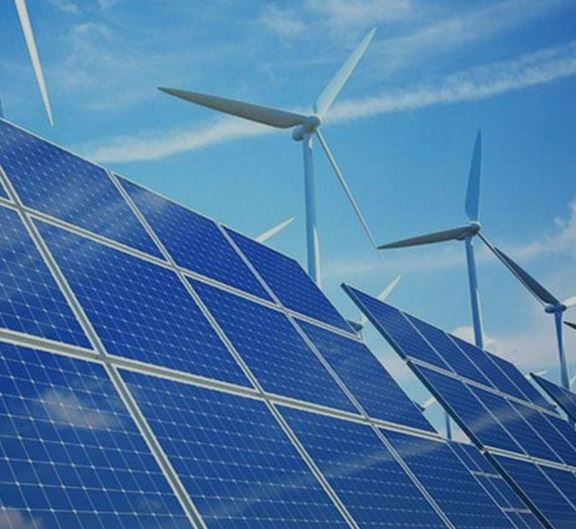
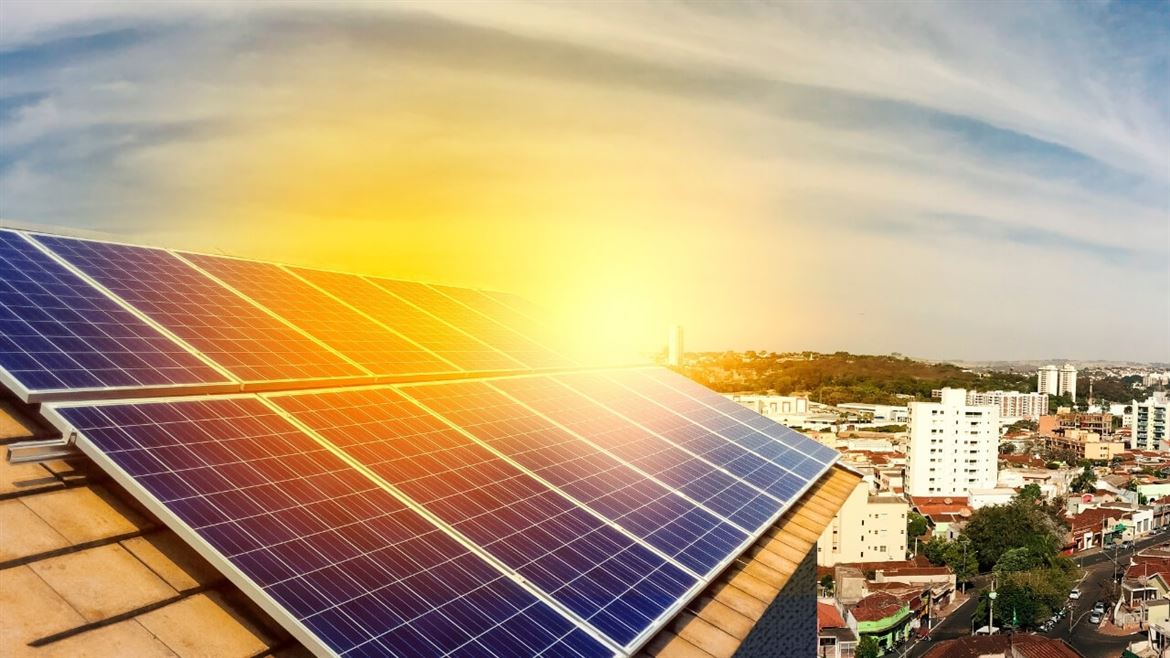
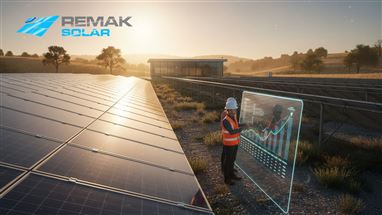
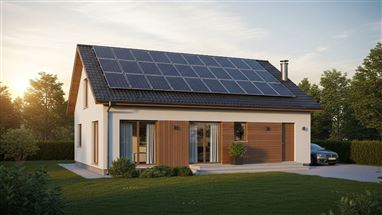
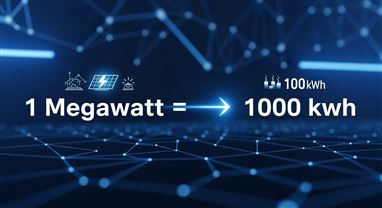
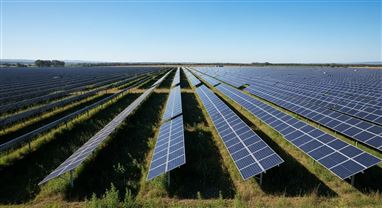
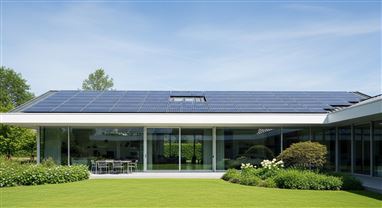
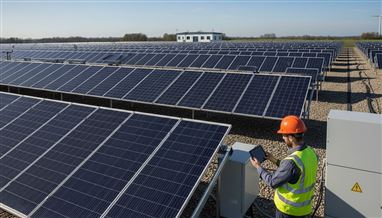
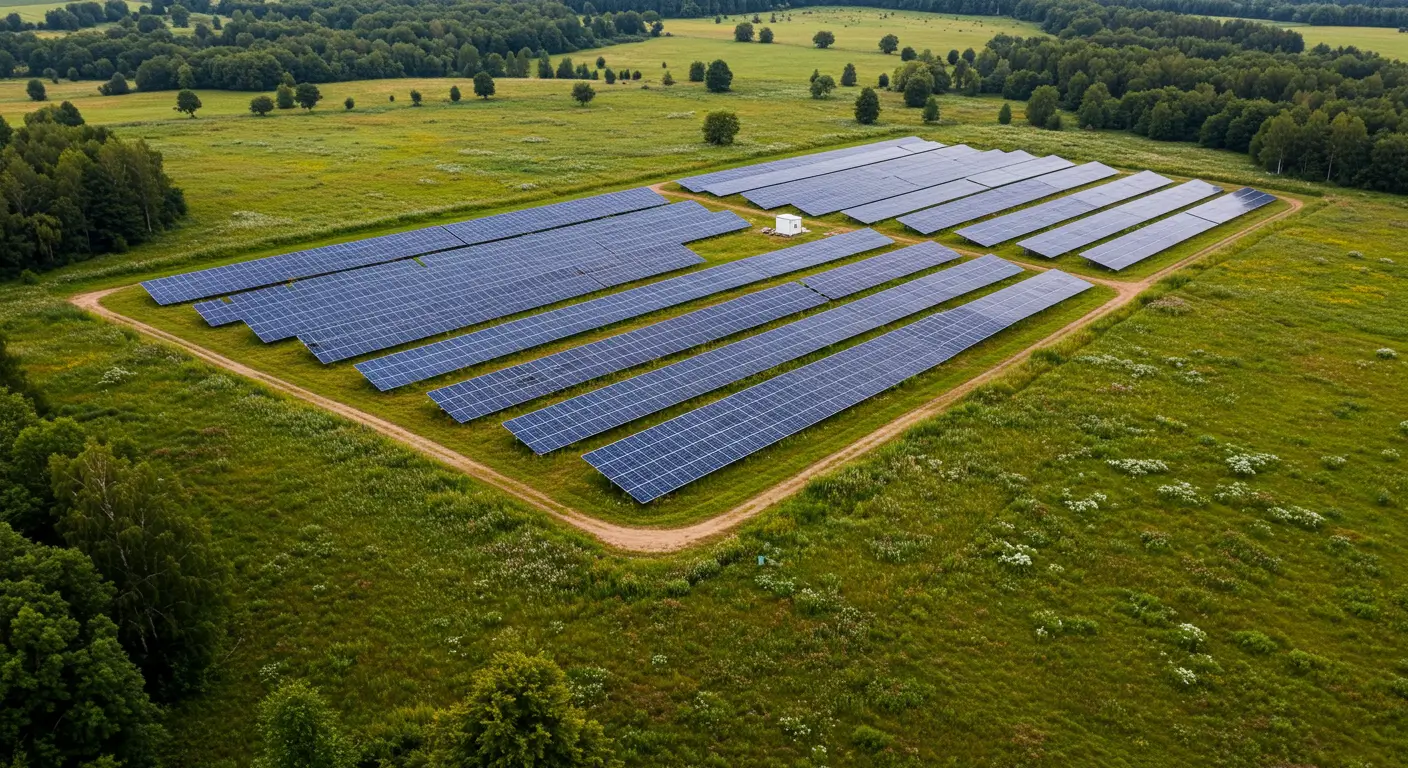
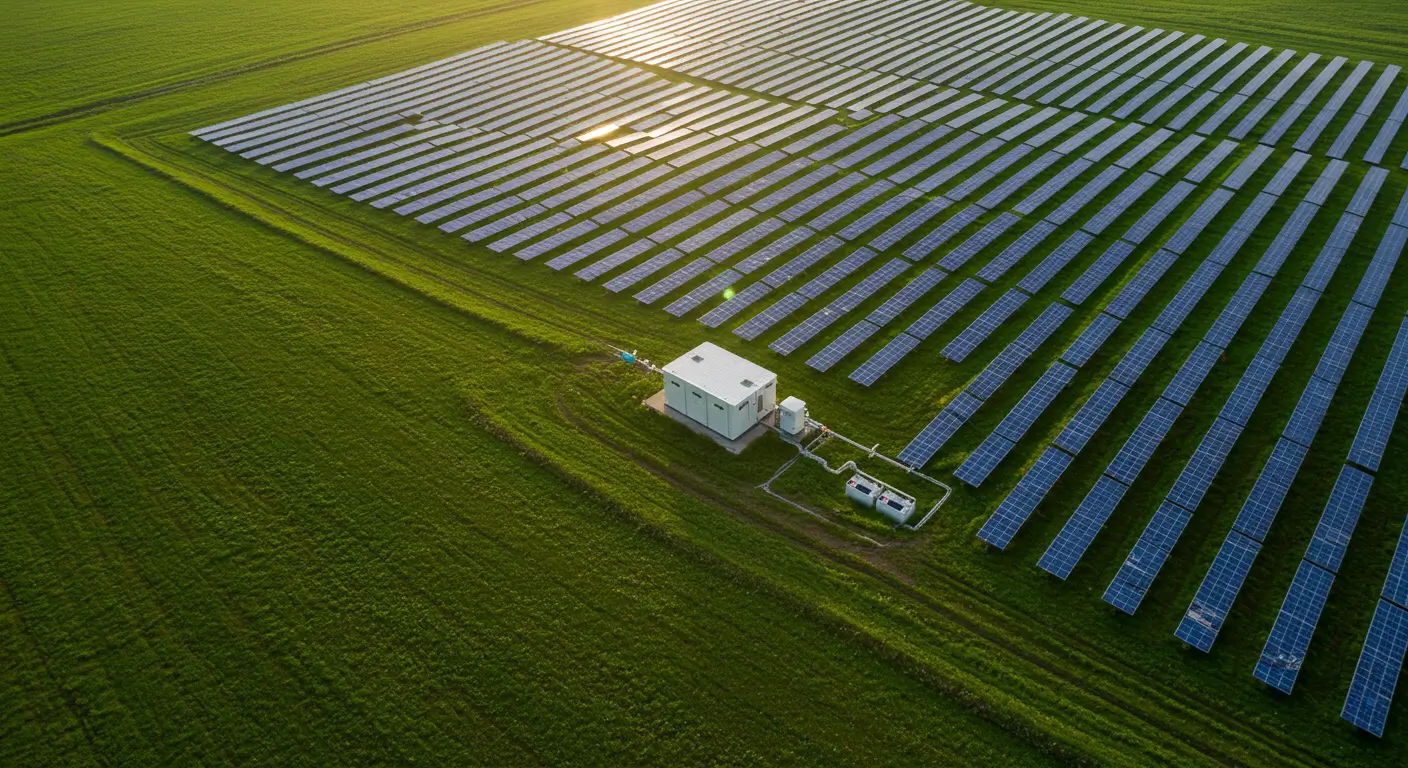
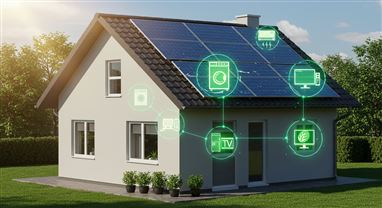
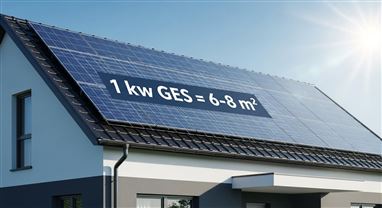
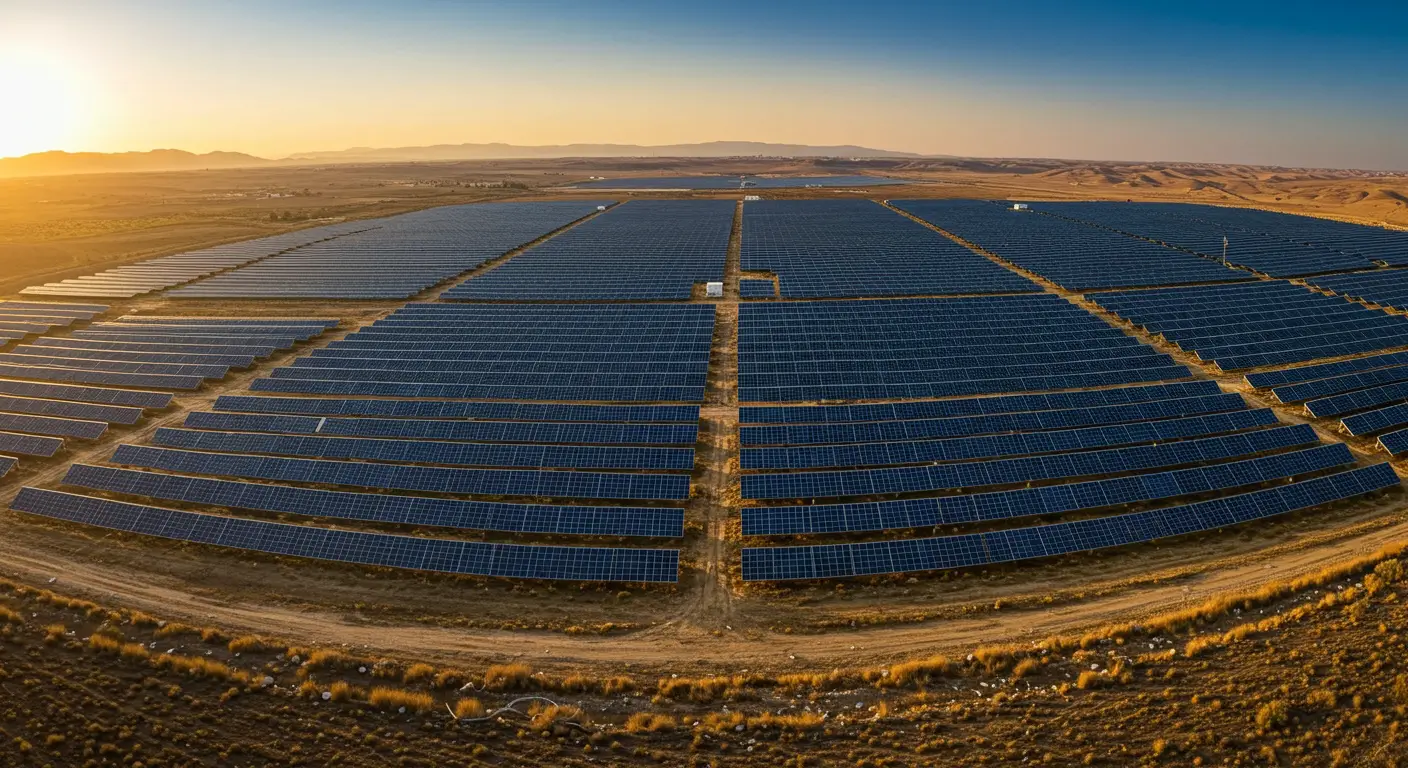
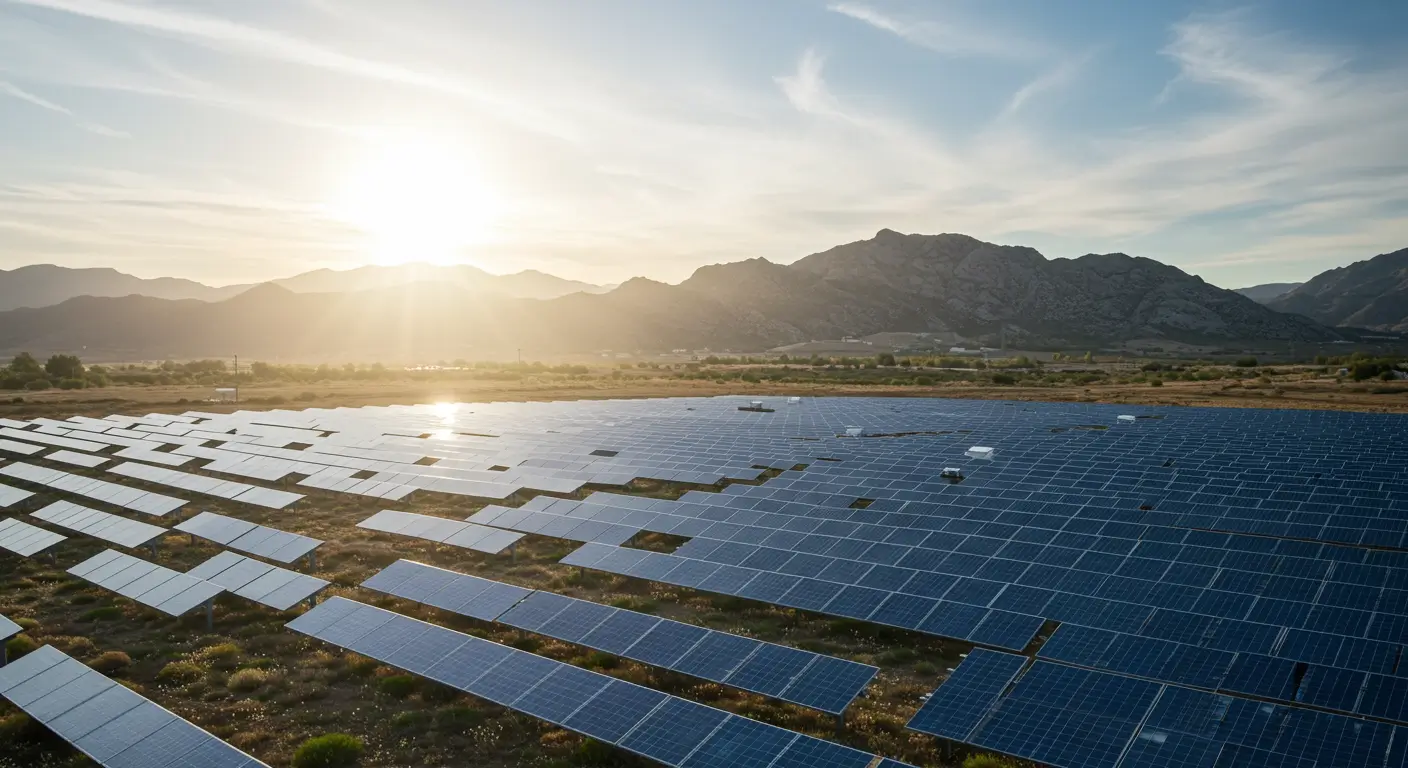
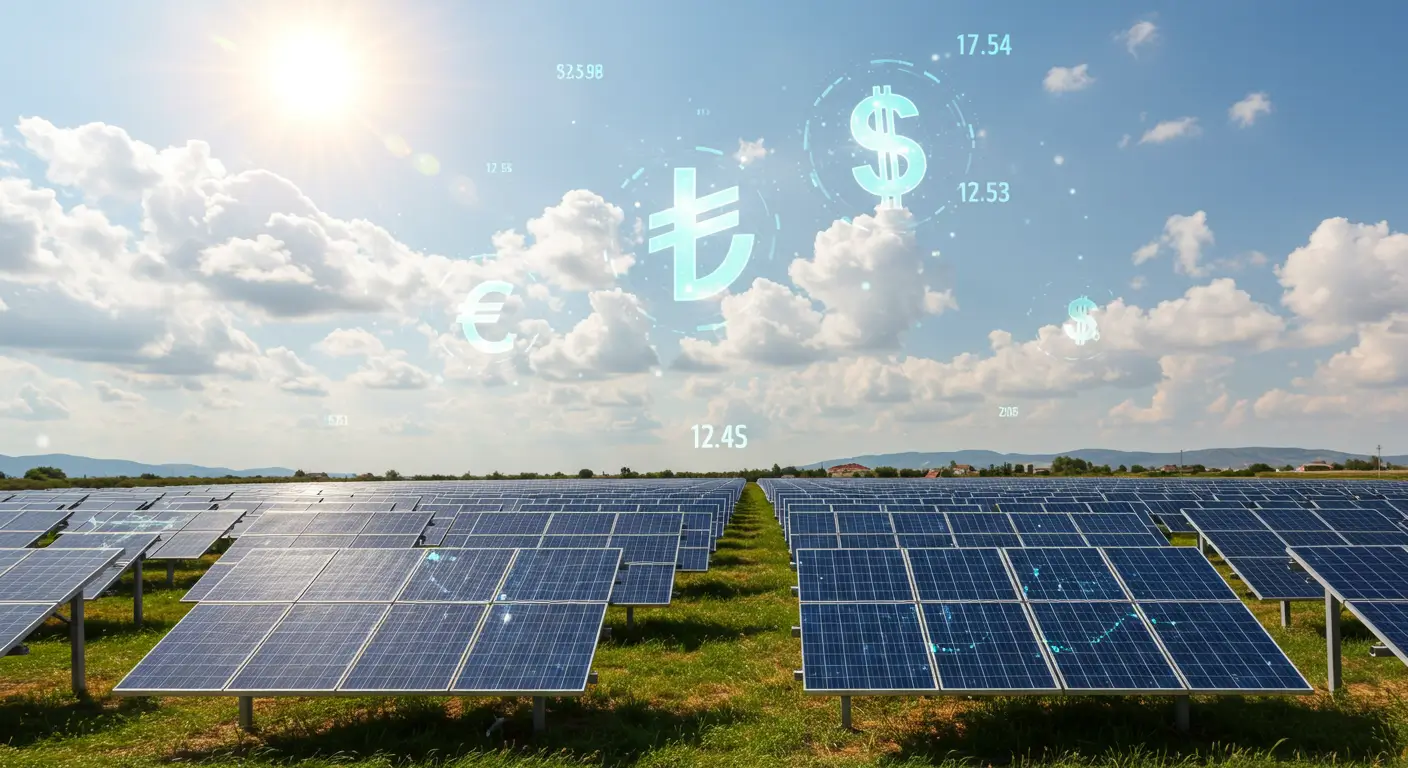
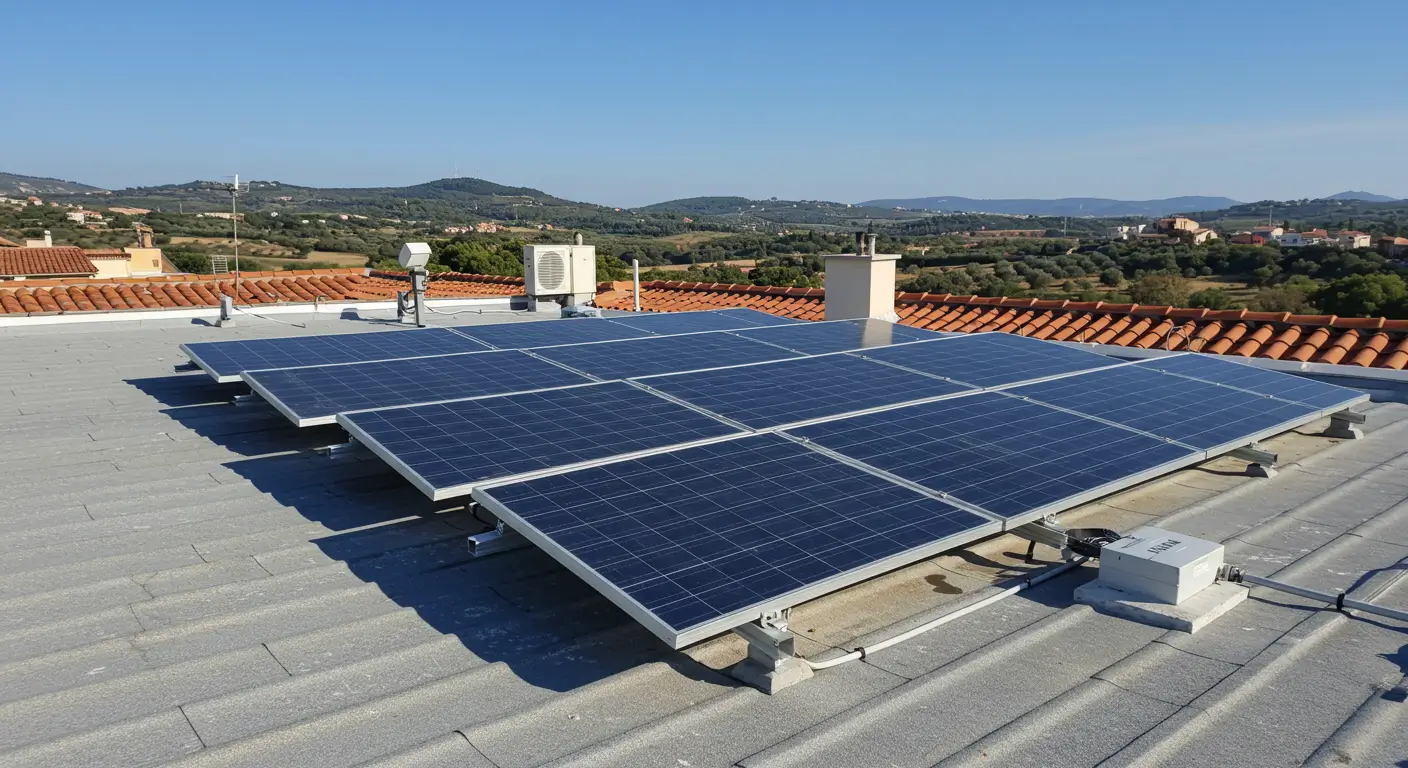
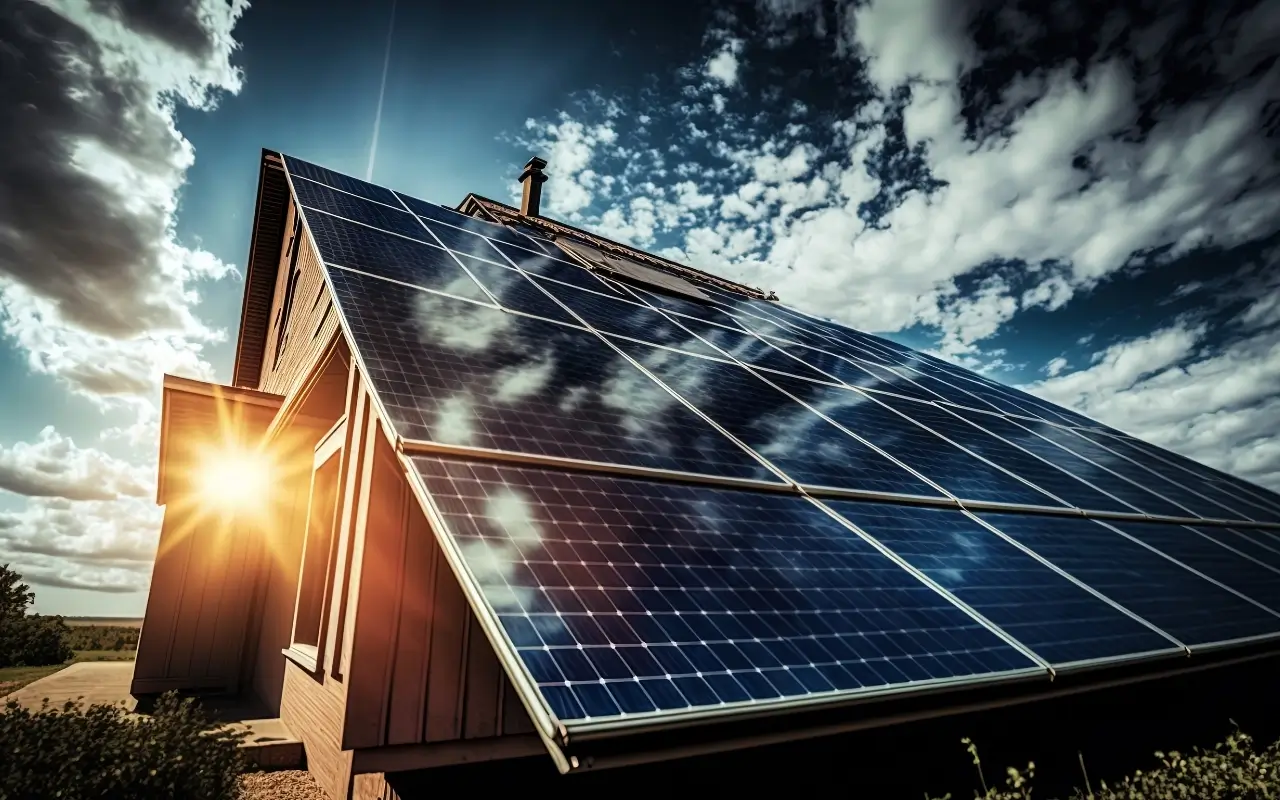
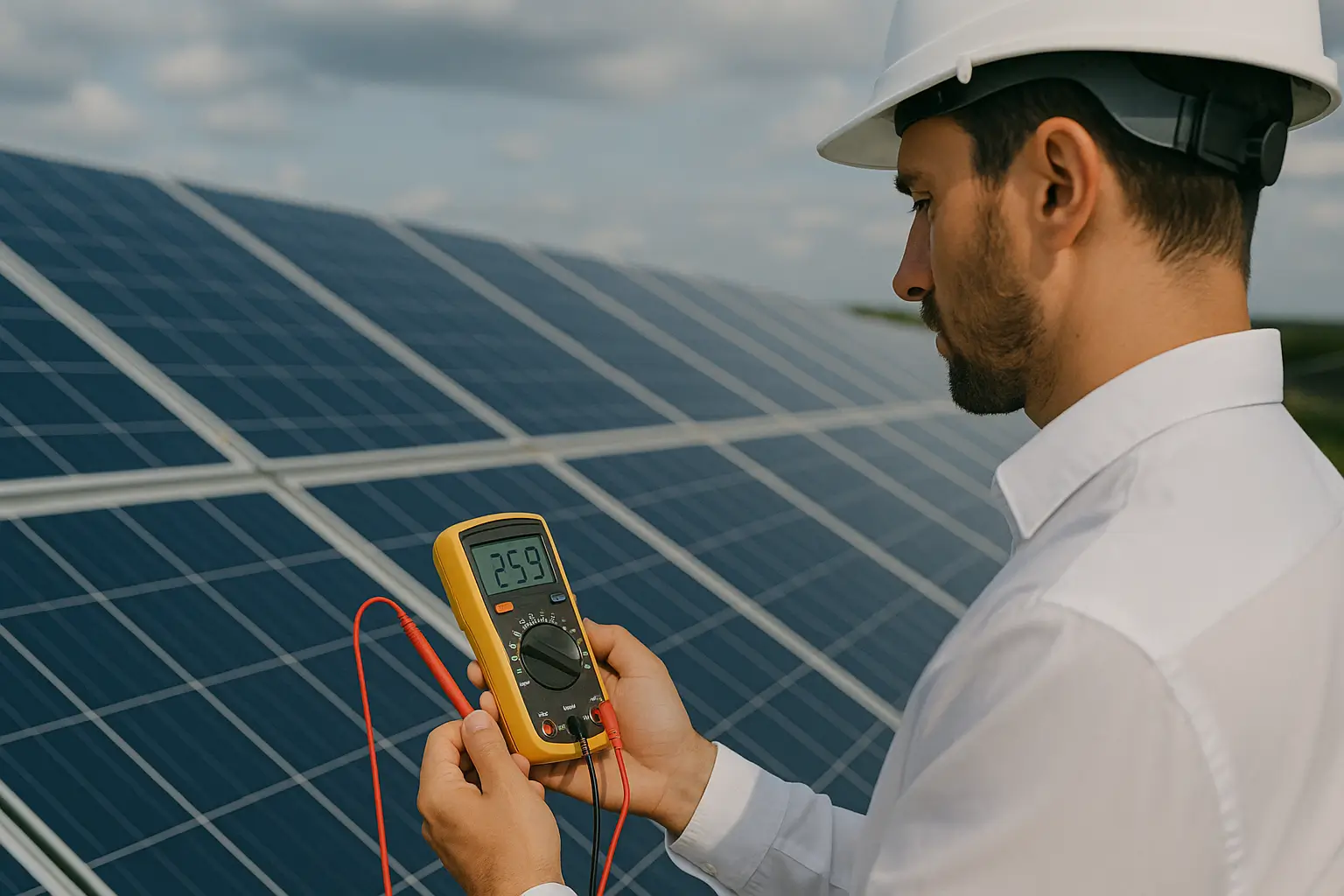
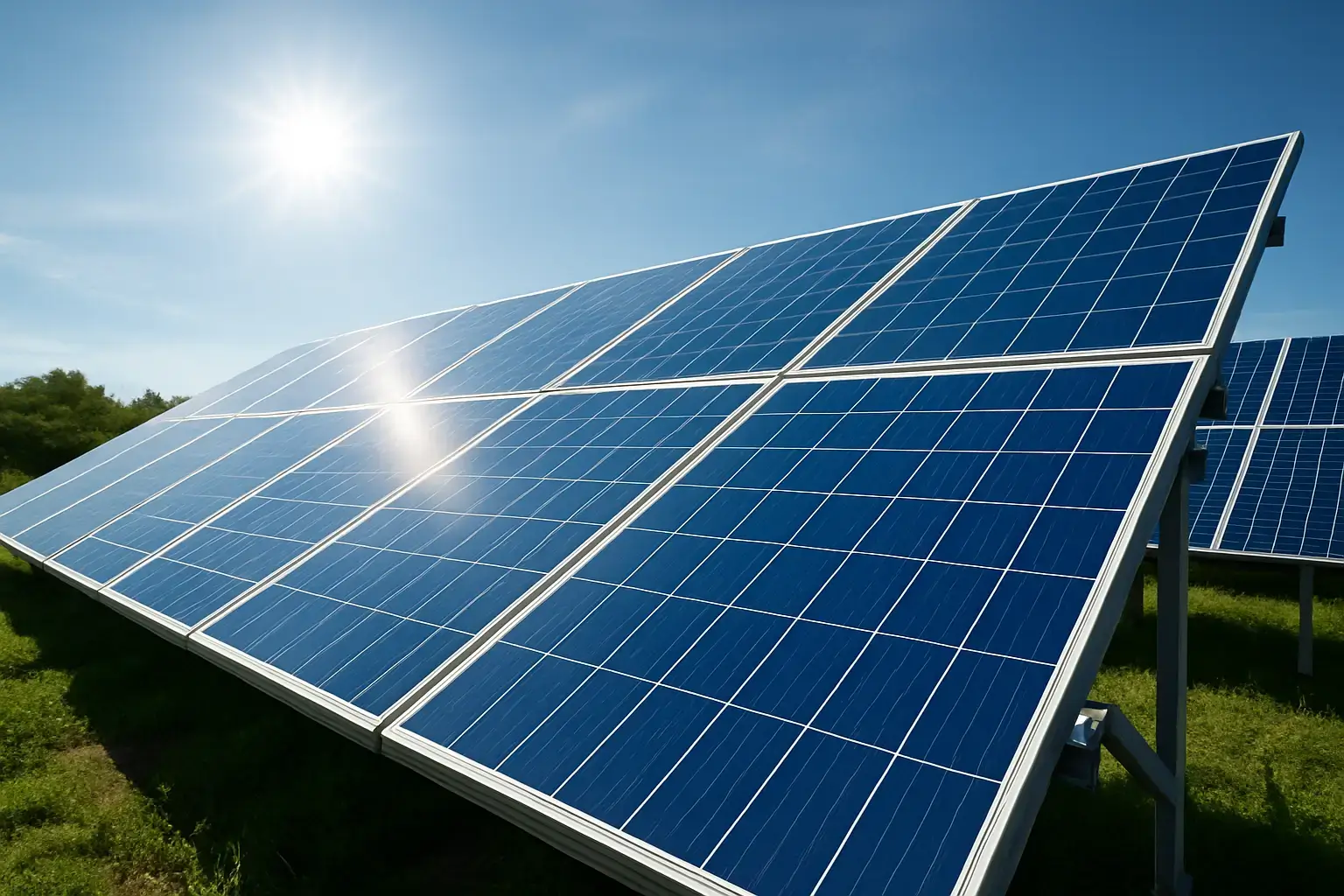


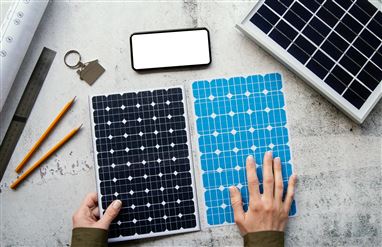


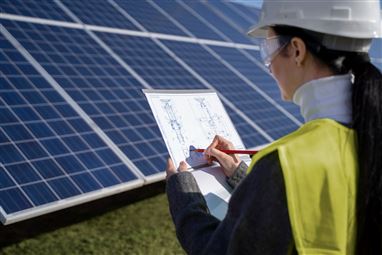

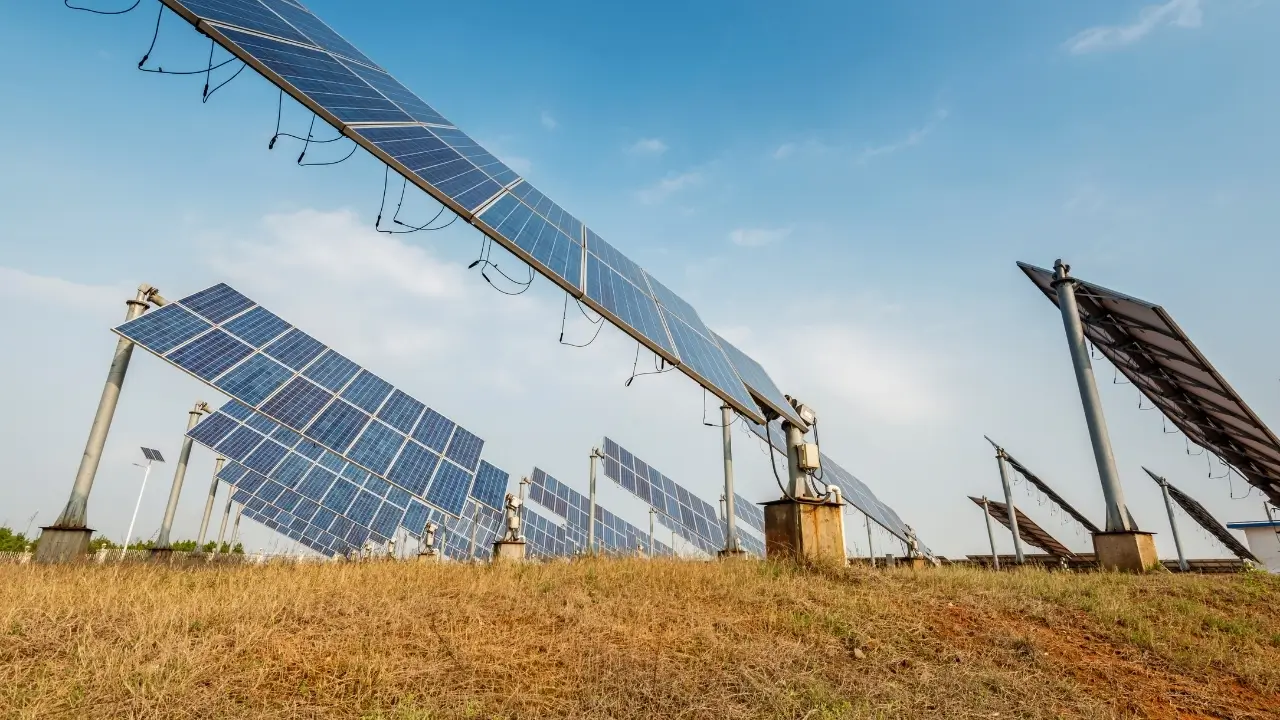

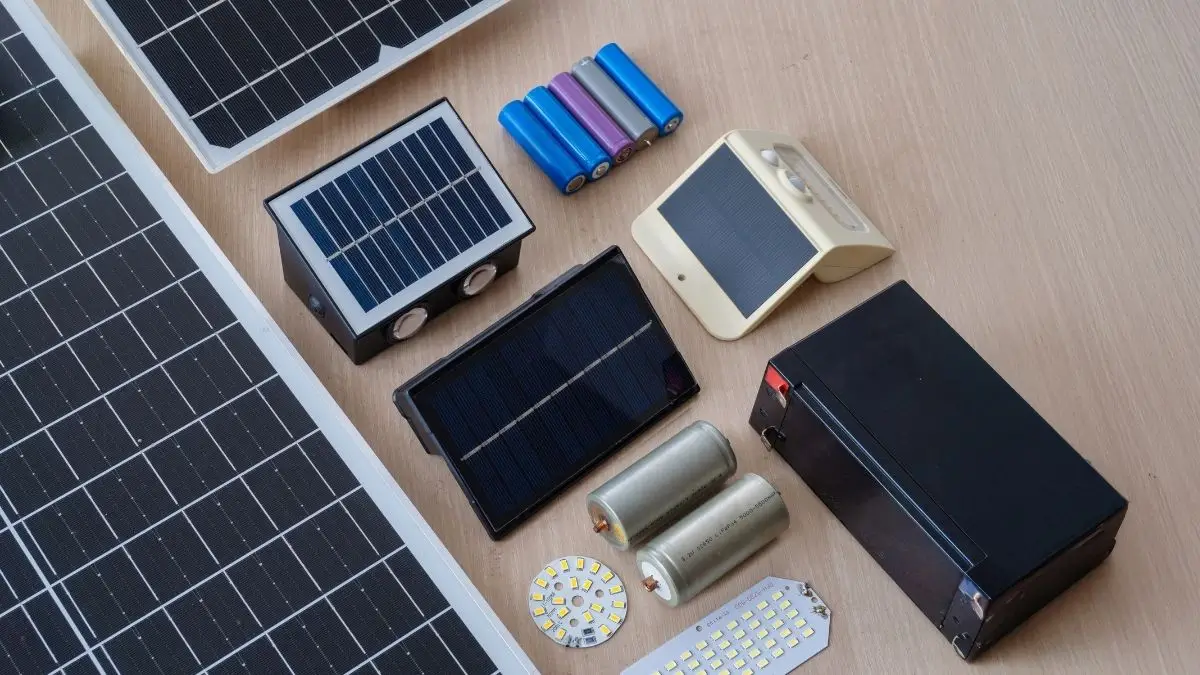
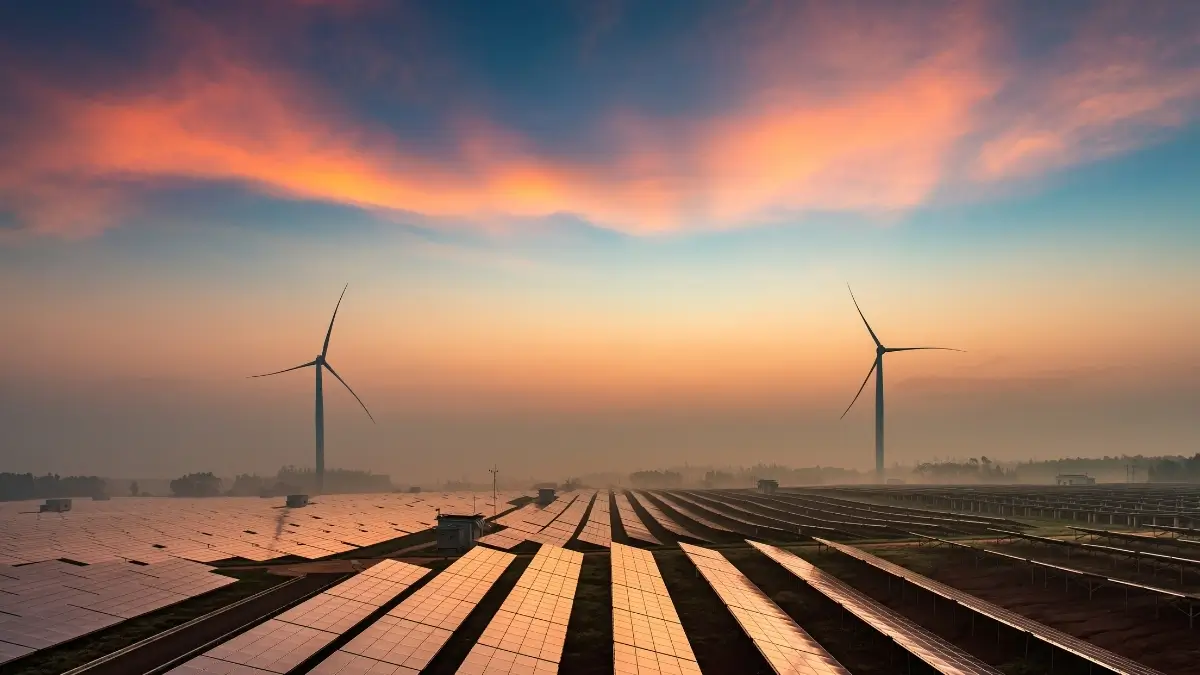
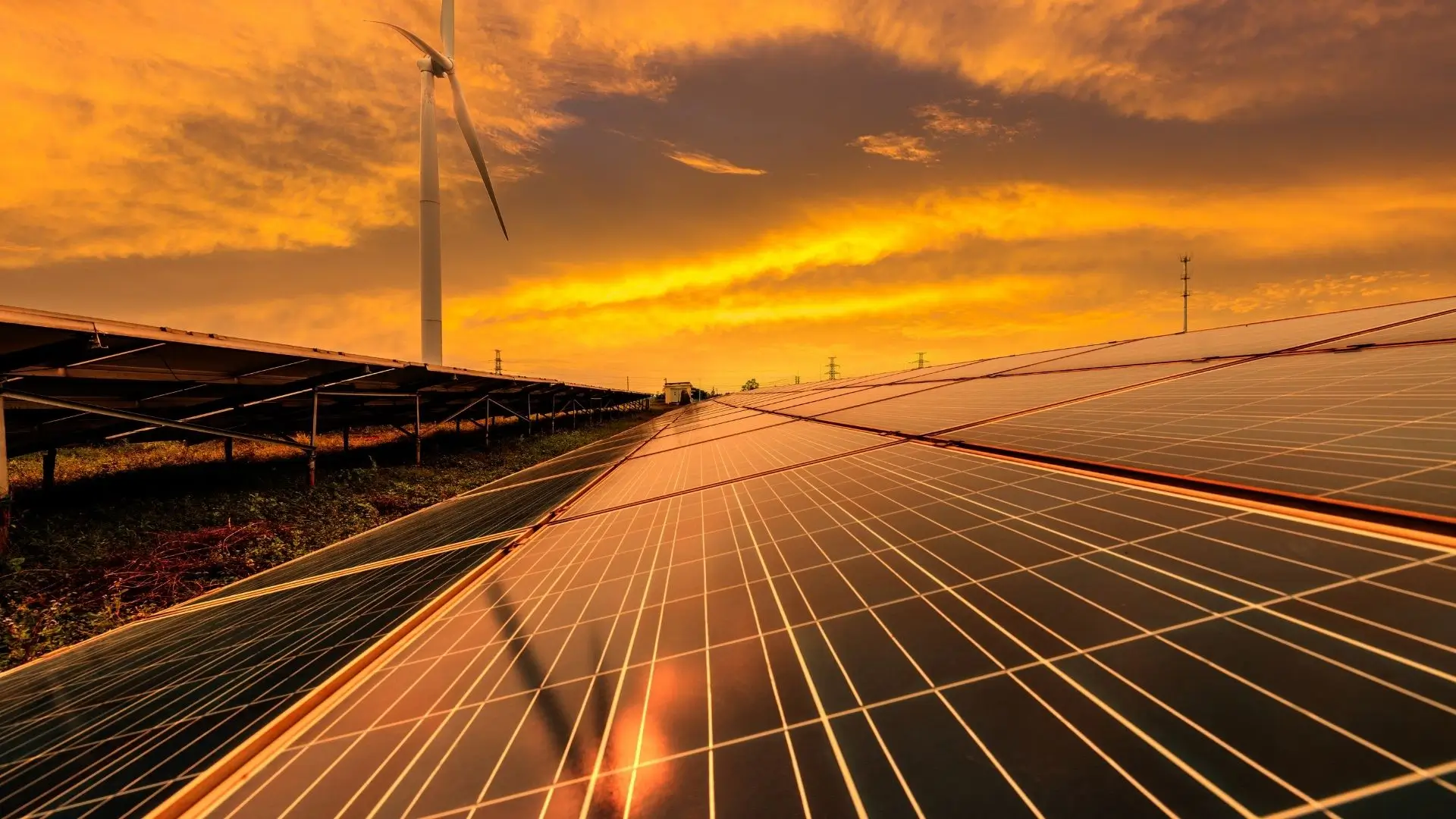
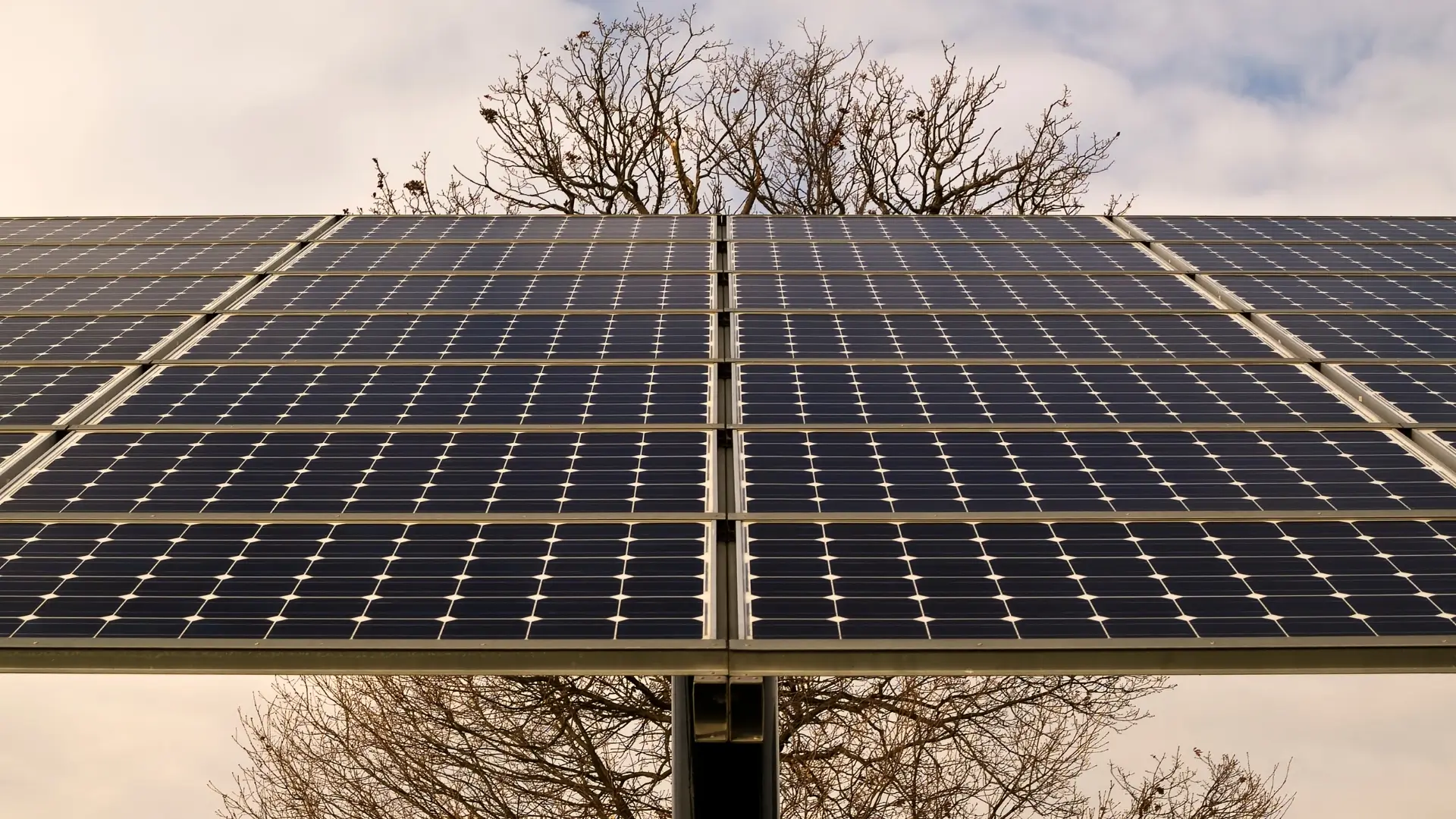
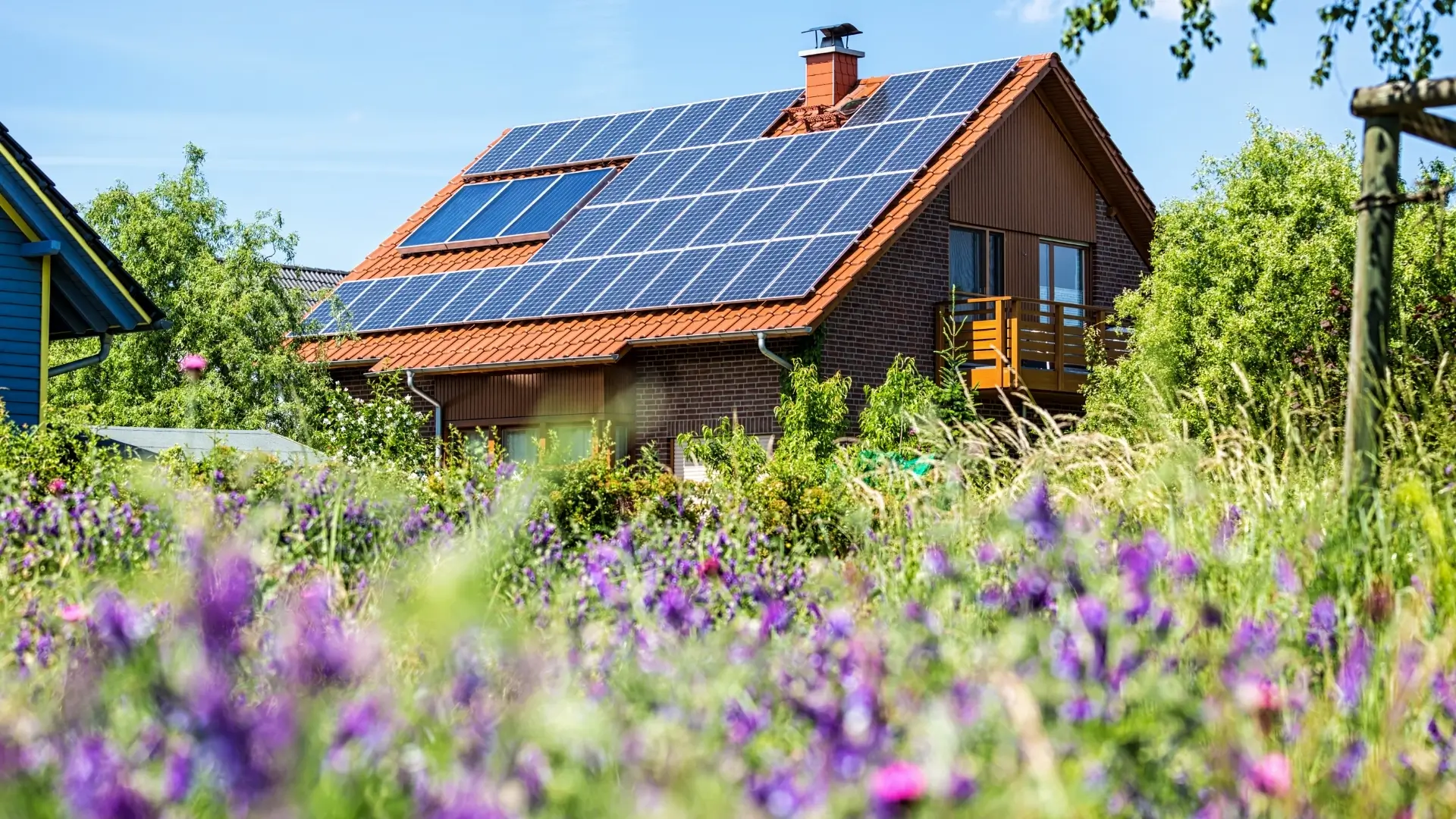
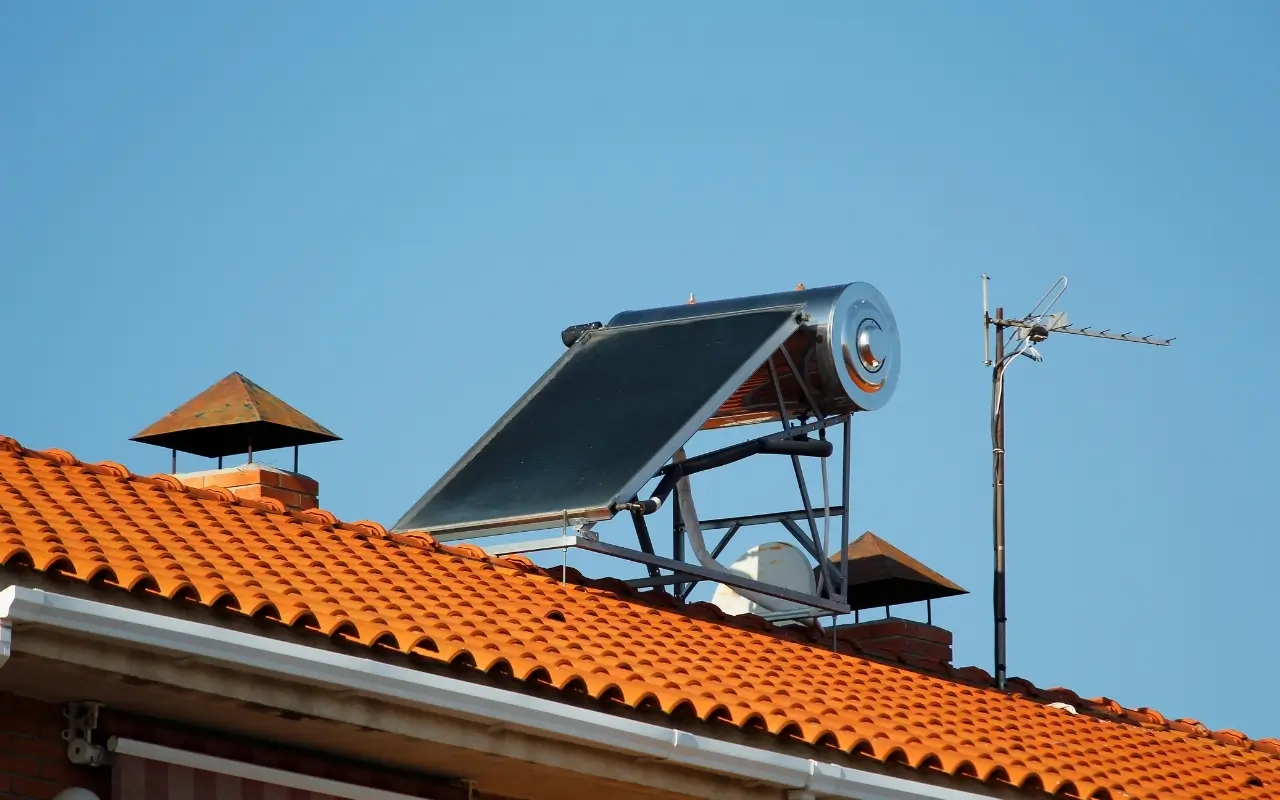
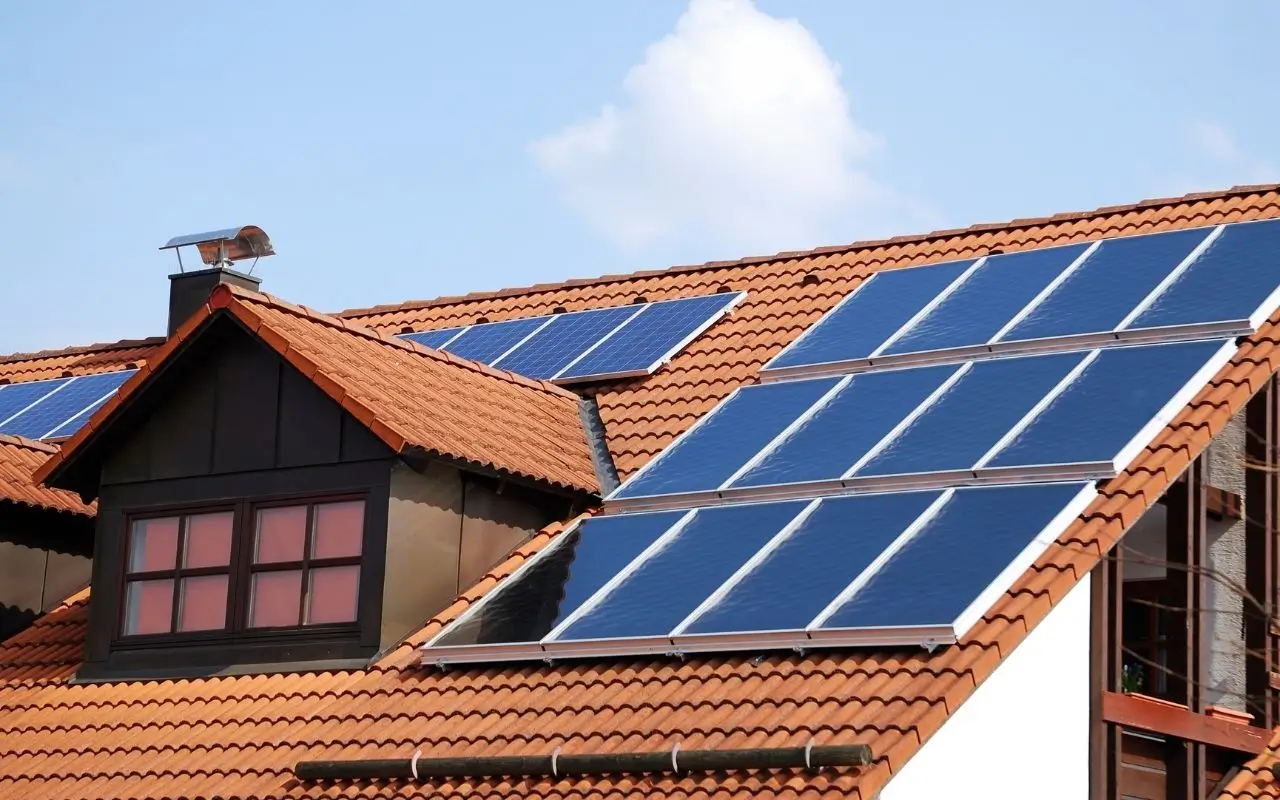

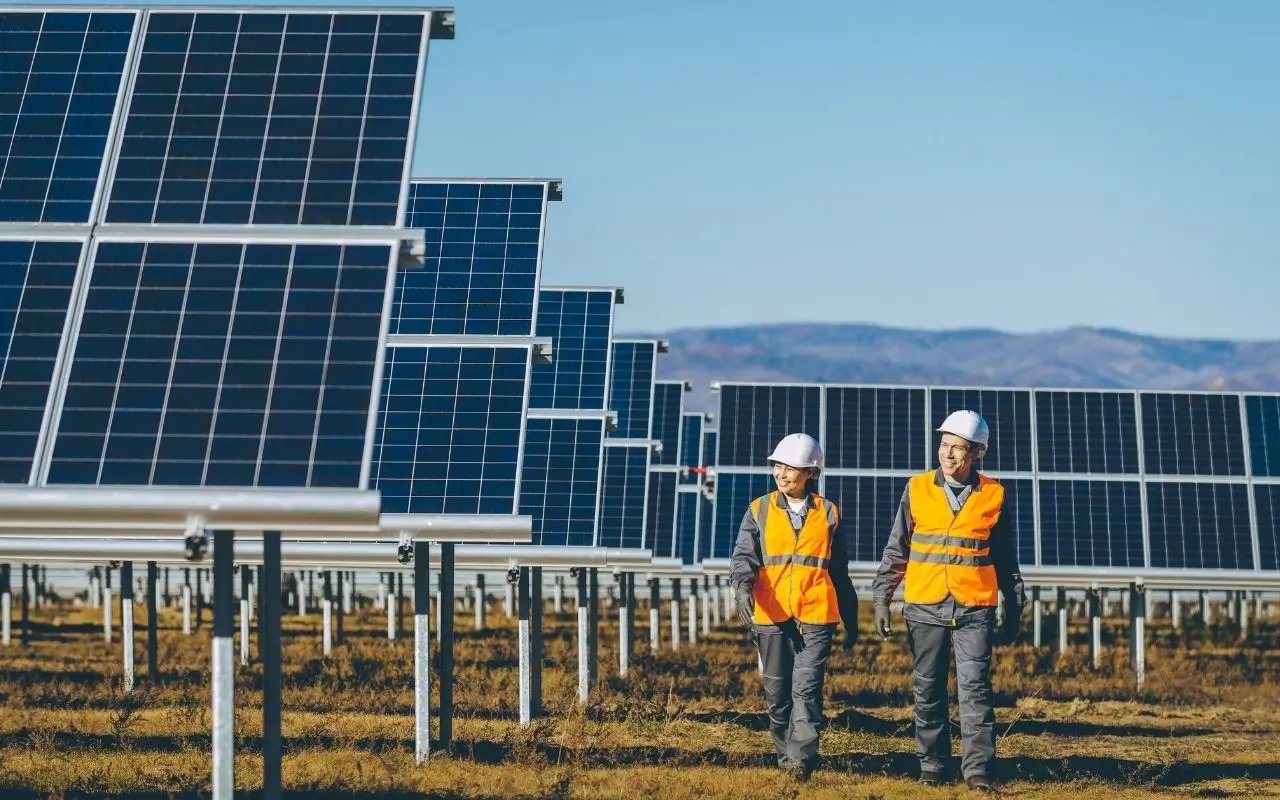
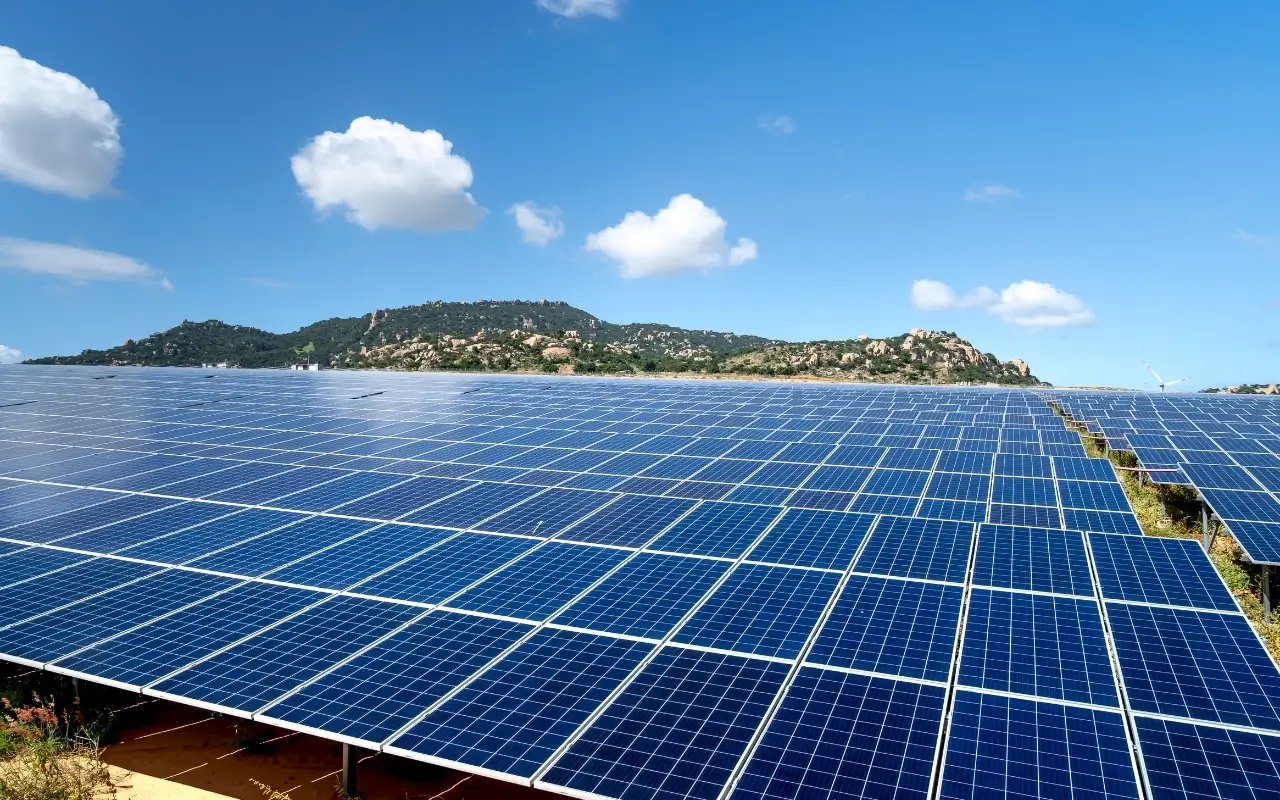
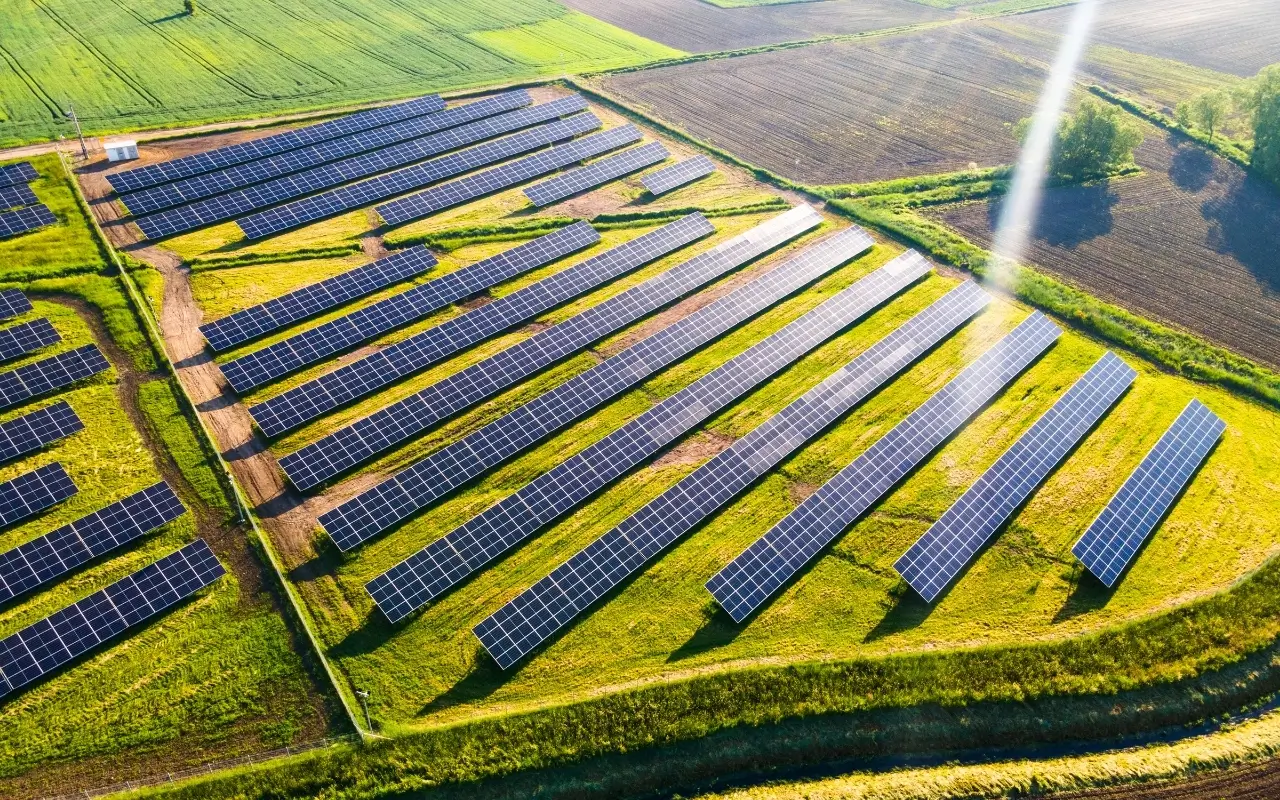
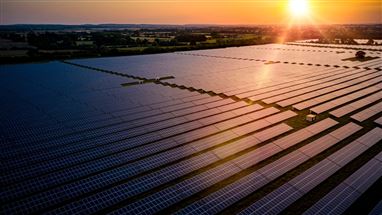
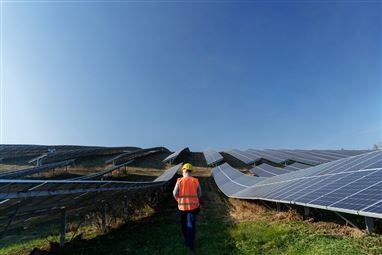
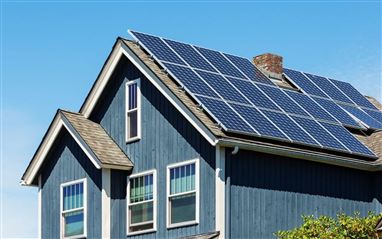
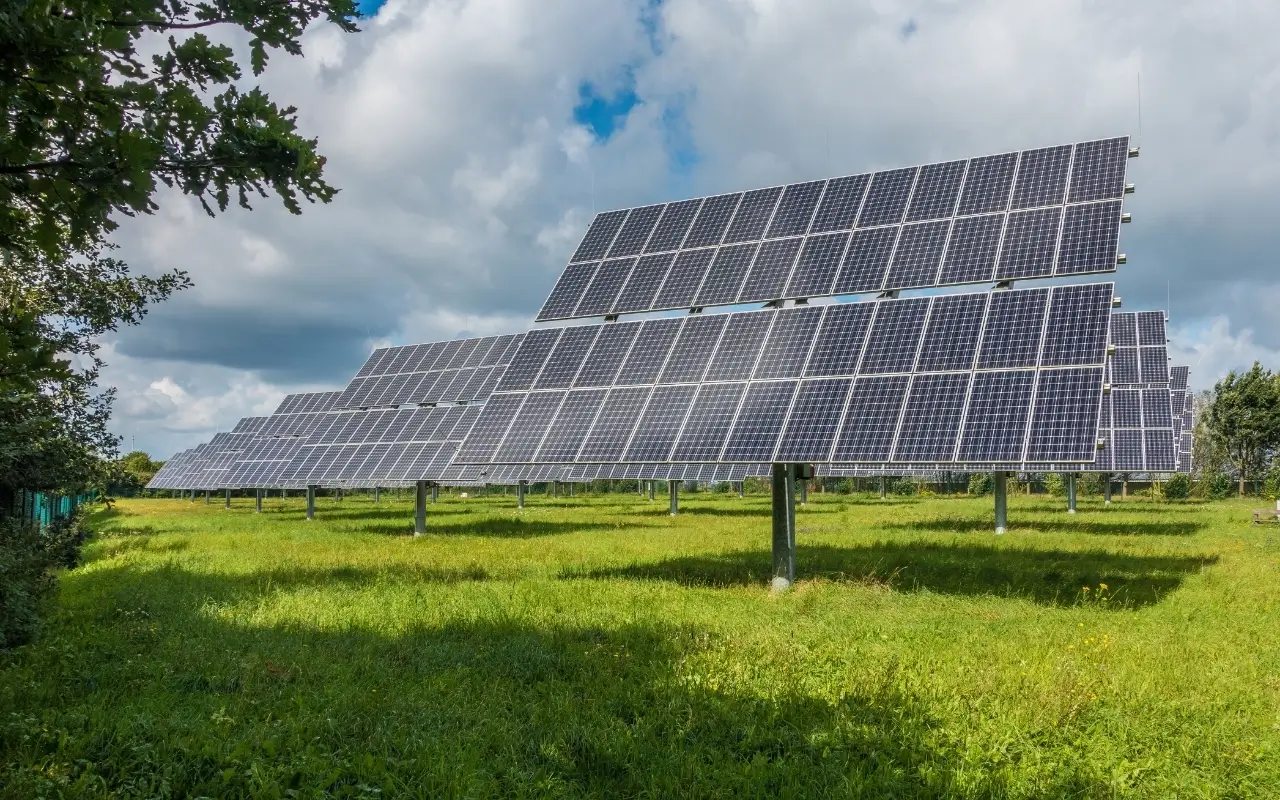
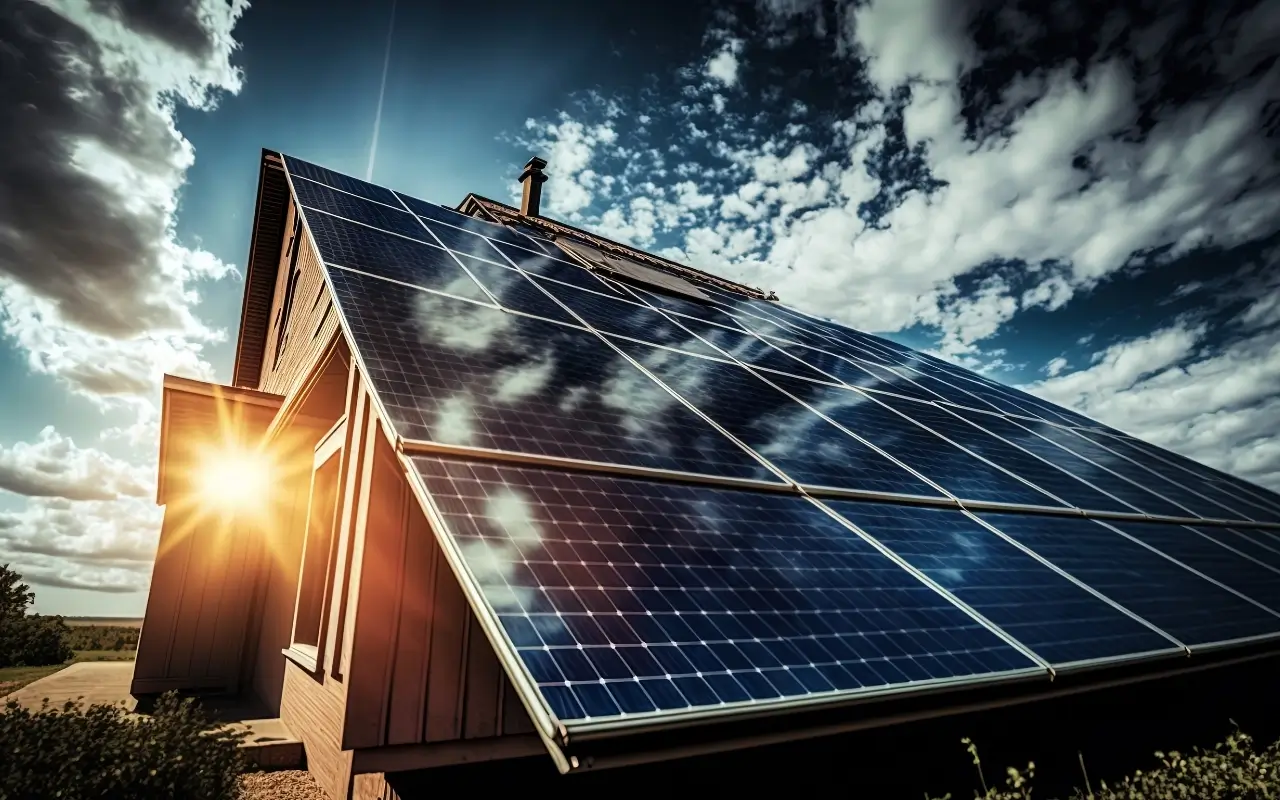
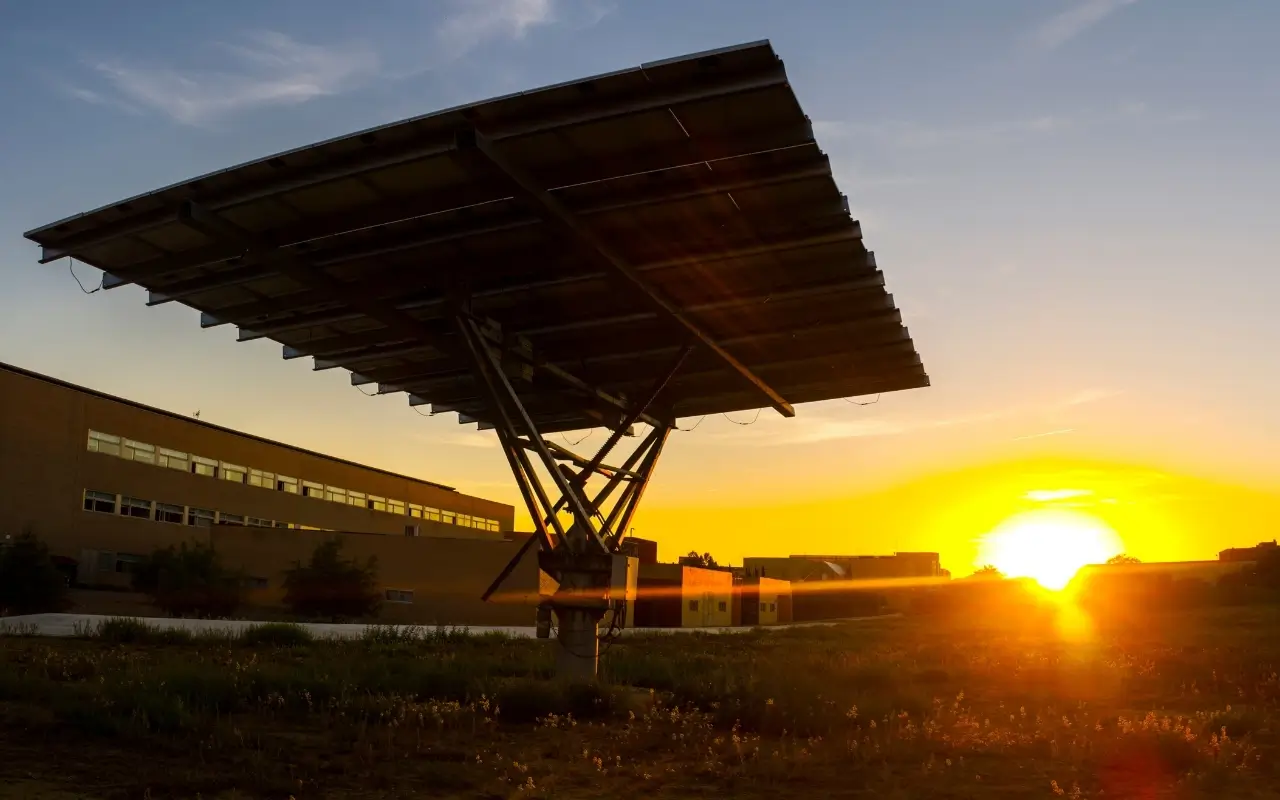
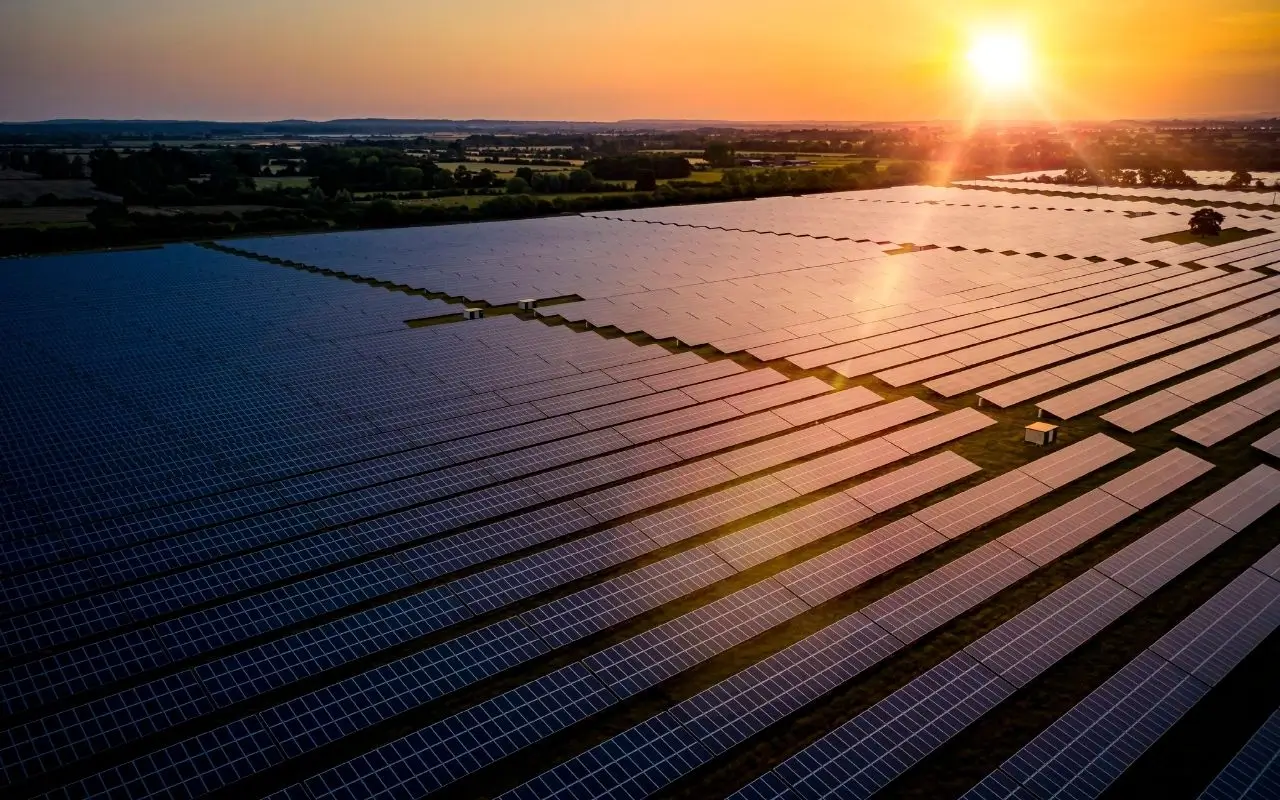
Do Comment